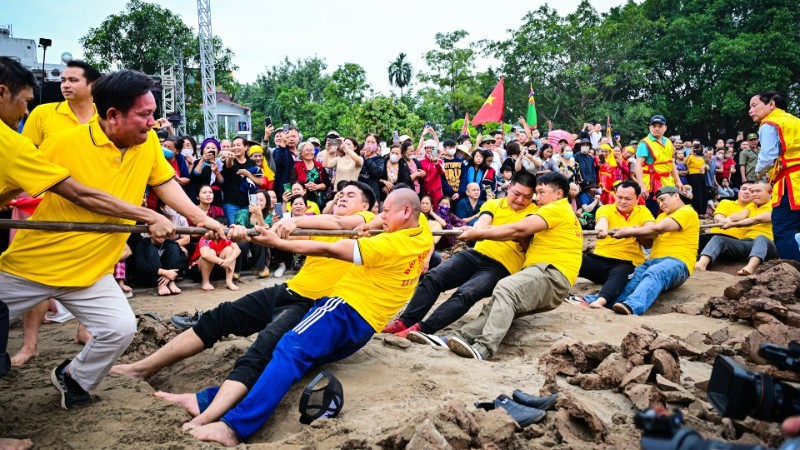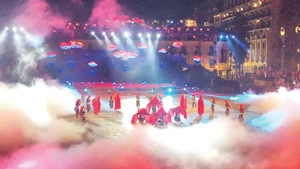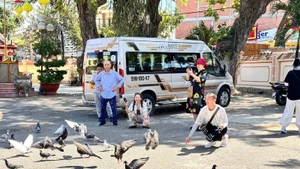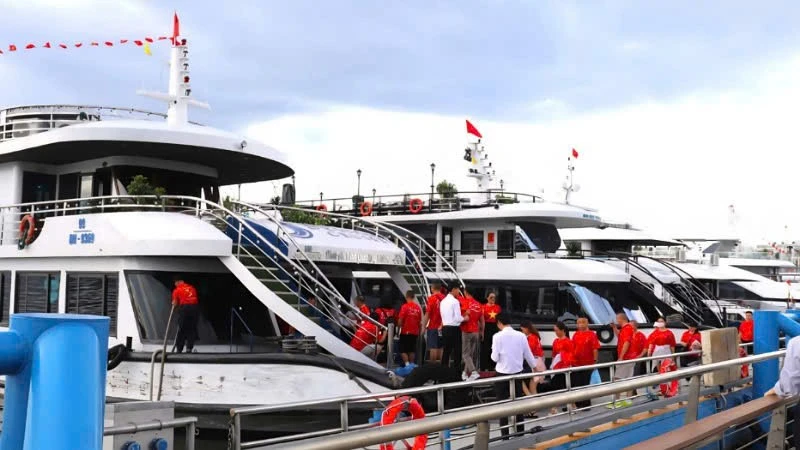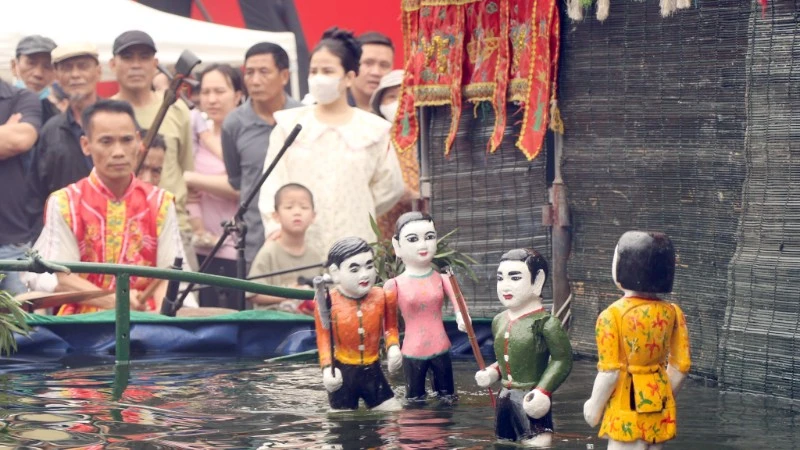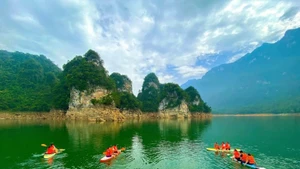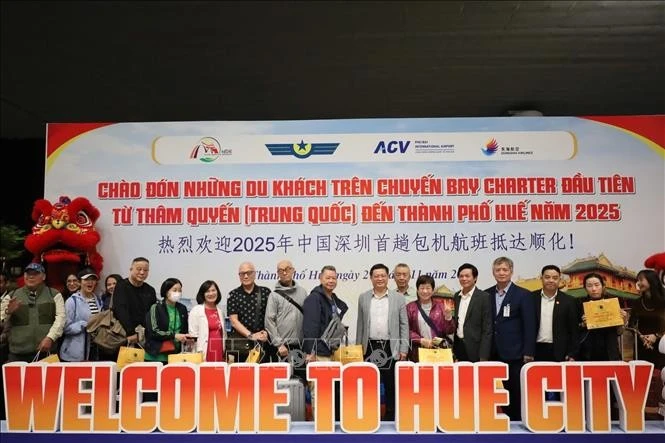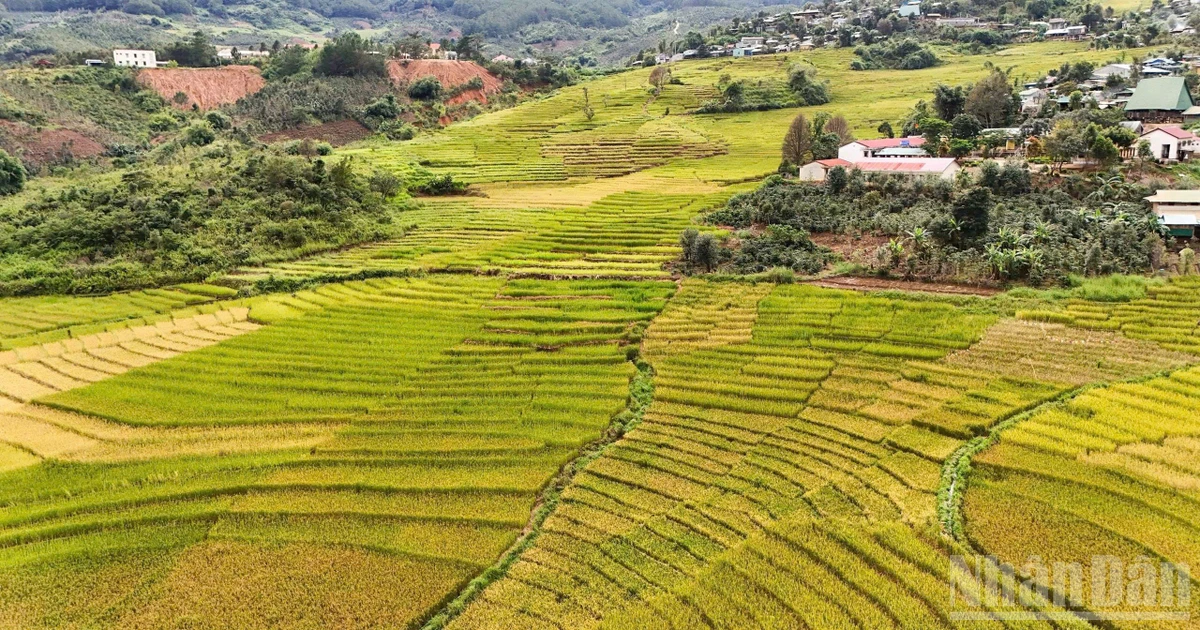To seize the opportunity, localities and tourism businesses have implemented a range of coordinated measures. Among these, the application of technology (VR, AR, QR codes and digital platforms) is being prioritised by many units. Numerous experiential tour products have been digitised to tell stories about heritage, history and nature in a way that appeals to young travellers, thereby increasing the rate at which interest is converted into bookings.
The virtual reality tour model “Legendary Truong Son Trail – Command Cave” has drawn significant visitor interest by vividly recreating historical settings directly on a VR platform.
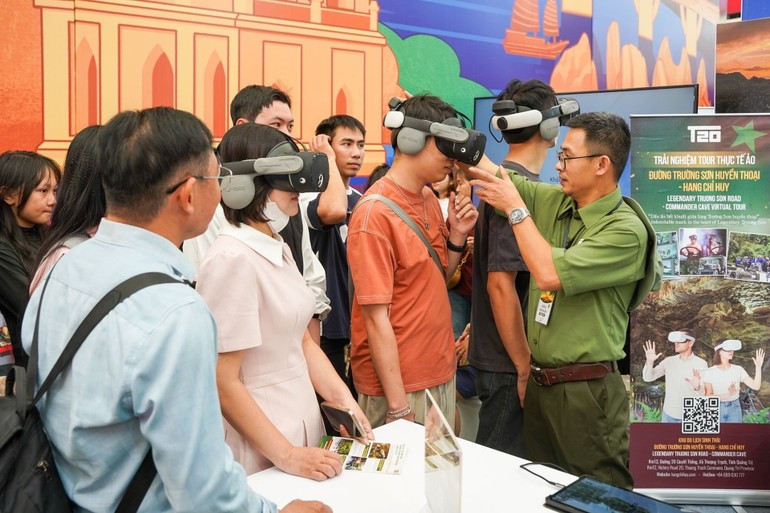
Tran Kien Trung, from T20 Quyet Thang Co., Ltd., said: “Instead of only knowing about the Truong Son Trail through television and films, visitors can now fully experience the journey of supply convoy drivers on Route 20 Quyet Thang amid bombs and gunfire. We hope the Command Cave will become more widely known, thereby attracting more tourists to Quang Tri.”
The virtual reality tour model “Legendary Truong Son Trail – Command Cave” has drawn significant visitor interest by vividly recreating historical settings directly on a VR platform.
Integrating digital experiences into tourism is considered an effective stimulus solution, enhancing interaction and allowing visitors to access information about destinations before deciding to book a tour.
Gia Lai Province (newly expanded) possesses a unique advantage: one side is the blue sea of the central coast, the other is the majestic Central Highlands. The locality is pursuing a stimulus strategy by developing new products and delivering promotions directly into visitors’ hands via QR codes.
Dang Thanh Hung, Deputy Head of the Gia Lai Tourism Management and Development Division, said: “We are working with businesses to introduce vouchers and tourism stimulus programmes, integrating them entirely into QR codes for visitors to access. At the same time, anticipating the year-end tourism growth trend, Gia Lai is reviewing and developing new tourism products and expanding both domestic and international markets.”
“Cultural experiences are regarded as key factors that encourage visitors to stay longer, thereby increasing their spending and extending their length of stay. Many localities such as Lao Cai, Tuyen Quang, Dien Bien and Thai Nguyen are shifting from the ‘arrive-take photos-leave’ model to immersive tourism.”
Cultural tours now go beyond introducing customs, allowing visitors to directly wear traditional clothing, cook local dishes (in Ta Van, Sa Pa), pick–roast–brew tea (in Thai Nguyen), weave brocade (in Bac Ha and Muong Hum), or take part in ethnic cultural performances (in the Central Highlands and the Northwest). These experiences can be ticketed, increasing the value of each tour and creating distinctive products for the year-end period — a time when travellers prioritise experiences for families and groups of friends.
We are working with businesses to introduce vouchers and tourism stimulus programmes, integrating them entirely into QR codes for visitors to access. At the same time, anticipating the year-end tourism growth trend, Gia Lai is reviewing and developing new tourism products and expanding both domestic and international markets.
Dang Thanh Hung, Deputy Head of the Gia Lai Tourism Management and Development Division
Businesses are launching holiday-season promotions, vouchers and e-vouchers to stimulate demand for year-end and New Year 2026 holidays, a strategy that helps accelerate conversion rates from “interest” to “booking”. Nguyen Cong Hoan, General Director of Flamingo Redtour, said this is an ideal time for businesses to reach customers and increase conversions.
With positive data foundations, new products from localities and large-scale incentives from businesses, Viet Nam’s tourism sector is well positioned for a strong breakthrough during the peak year-end season. Technology trends, cultural–heritage experiences and resort tourism are creating a diverse picture aligned with modern traveller preferences. If growth momentum is maintained and stimulus programmes are optimised, the tourism sector can fully achieve and even surpass its 2025 targets, while building solid momentum for 2026.
